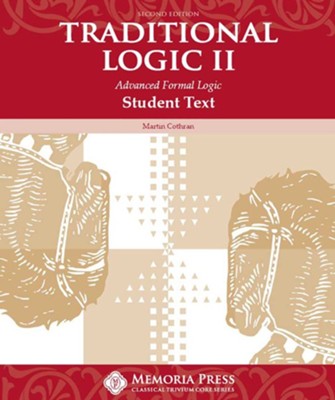
The second part of Formal Logic, introducing more advanced elements of the Syllogism.
Special Notes: None
Total classes: 12
Duration per class: 55 minutes
Prerequisite: Introduction to Formal Logic, live or recorded course
Suggested Grade Level: 9th to 12th grade
Suggested High School Credit: One full semester Logic II or Methods of Logic
Instructor: Sam Nicholson, PhD
Instructor Email: scn8v@virginia.edu
Course Description: This course continues the introduction to the Syllogism begun in the Introduction to Formal Logic course. In this class, we will explore various forms of arguments, introducing and explaining conditionals, disjunctive syllogisms, dilemmas, and enthymemes. We will also learn how to construct extended chains of syllogistic reasoning, including polysyllogisms and sorites.
Course Outline:
Class One: Introduction and Review
Class Two: Elements of the Syllogism: Figure
Class Three: Elements of the Syllogism: Mood
Class Four: Terms and Reduction of the Syllogism
Class Five: Indirect Reduction of First figure Syllogism
Class Six: Indirect Reduction (continued)
Class Seven: Constructing a Syllogism
Class Eight: Translating Into Syllogistic Form
Class Nine: Enthymemes
Class Ten: Hypothetical Syllogisms and Conditionals
Class Eleven: Pure Conditional Syllogisms
Class Twelve: Course Review
Course Materials: Traditional Logic, Book II: Advanced Formal Logic (Classical Trivium Core Series) by Martin Cothran (Jun 1, 2000) and Traditional Logic II, Key by Martin Cothran (Jun 1, 2008). Can be found at www.memoriapress.com or your favorite used curriculum forum.
Homework: Homework will be a combination of reading assignments in the textbook and homework problems which appear at the end of each text module. Students should expect to spend 45 minutes to an hour reading, and up to an hour working through the homework problem sets. There will also be extracurricular homework assignments such as logic puzzles or word problems for extra practice.
There will be three automated quizzes, one mid-term, and one final exam.
- Teacher: Sam Nicholson